Boating and more in Ben Tre
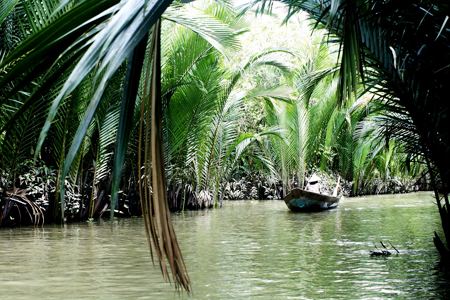
Cau Chua (Pagoda Bridge) Canal
Our visit to Phung, or Phoenix Island, started at the now-defunct Rach Mieu Ferry Station in Tan Thach Commune, Chau Thanh District, on the Ben Tre side of the bridge.
We boarded a small passenger boat and headed off. Along the way our guide pointed out four islands named after sacred animals: dragon, kylin, tortoise and phoenix, our destination.
The boat passed close by the river bank so that we could get a close look at the nipa palms and apple mangroves, the latter being a species of native aquatic plant that produces edible round, flat fruit with a combination sweet and sour taste.
Soon we came to a wooden bridge, where we alighted to visit various places of interest, starting with a small factory churning out coconut candy and rice paper.
Coconut candy is a specialty of Ben Tre, aptly nicknamed Coconutland. Nearly 100 brands are made in the province and sold throughout Vietnam.
We were shown the different stages of the two items’ production and tried our hand at making some paper. It was fun.
Next came a bee farm, to which we traveled along a village road in a horse-drawn carriage. After inspecting the commercial apiary, we were given tea with honey and entertained with a show of traditional southern music.
For my part, I was eager for the boat ride along the channel called Cau Chua (pagoda bridge).
We arrived at the quay, which is a wooden bridge from where 62 small rowing boats operate for the benefit of tourists. Each boat can carry five passengers and is rowed by a local woman.
Our oarswoman was 32-year-old Trinh. She told us that she and her fellow rowers could make five trips a day and got paid VND15,000 (70 cents in US currency) for each two-kilometer trip. She said they relied on more on tips from their customers than on their pay from the tourist company.
Cau Chua, which separates Tan Thach and Quoi Son communes, is nearly 10 meters wide. Along both sides grow wild nipa palms and apple mangroves in profusion. The nipa palms rise to a height of 6-7 meters and create a green canopy covering the narrower waterways that abound in the Mekong Delta. It’s like being in a tunnel.
Trinh dropped us at a pier where the channel merged into the river. From here we steamed off in our original boat to Con Phung Tourist Area (con means island), where we ate a traditional southern lunch of snakehead fish, sour soup, spring rolls, and grilled fish in open leaf-roofed huts.
Built on the site of a religious retreat founded by the monk Nguyen Thanh Nam (1909-1990) for followers of his home-grown Dao Dua sect, Con Phung Tourist Area at the downstream end of the island still features a tall tower and ceremonial yard from the old days.
The tower is named Hoa Binh and is decorated with pieces of ceramic bowls, dishes and pots below its brown and gray top. Nguyen Thanh Nam used it to meditate.
Hoa Binh Tower overlooks Cuu Trung Dai, a yard with nine dragon pillars and a high seat as a perch for the monk, whom they say lived on coconut milk.
Con Phung Tourist Area also has a large crocodile pond, a fish pond and a pomelo orchard where visitors can relax in hammocks slung between the fruit trees, and there are several kiosks by the entrance selling Dao Dua merchandise and other knick-knacks and souvenirs.
What the stars mean:
★ Poor ★ ★ Promising ★★★ Good ★★★★ Very good ★★★★★ Exceptional
Latest News
More News
- Hanoi to strengthen presence on global tourism map (December 06, 2024 | 11:49)
- Hanoi’s new opera house to become a cultural landmark (December 05, 2024 | 18:12)
- Potential for retirement tourism in Vietnam (December 04, 2024 | 10:47)
- New opportunities for cultural tourism (December 04, 2024 | 10:40)
- Ba Ria-Vung Tau sets eyes on tourism growth (December 02, 2024 | 16:51)
- Hanoi Old Quarter marks 20 years of national heritage status (December 02, 2024 | 16:46)
- Vietnam named World’s Leading Heritage Destination for sixth year (December 02, 2024 | 16:22)
- Hanoi's culture shines bright through night activities (November 30, 2024 | 10:00)
- Airlines lease more planes for Tet peak season (November 28, 2024 | 10:16)
- Exploiting business aviation to sustain the momentum of foreign investment (November 25, 2024 | 14:48)




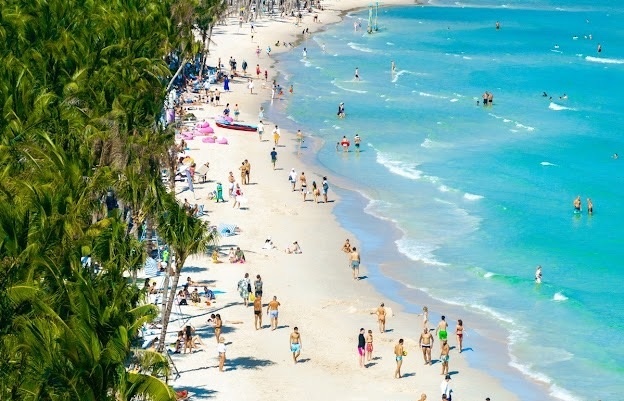
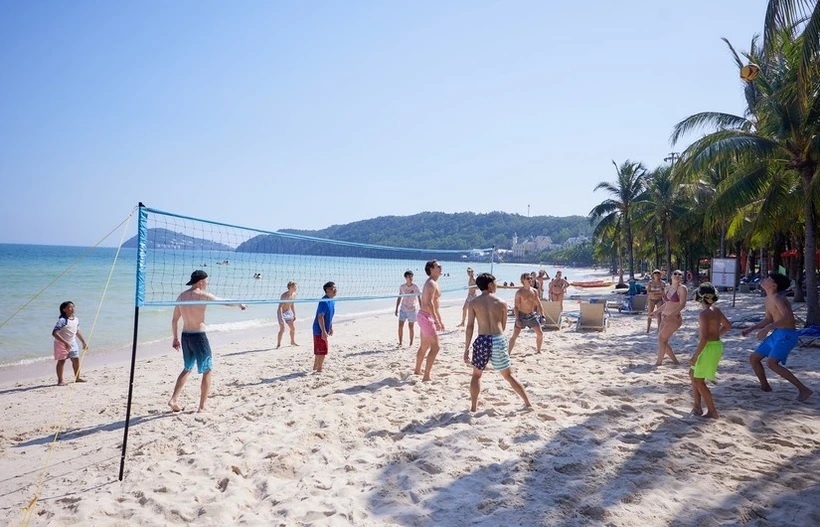


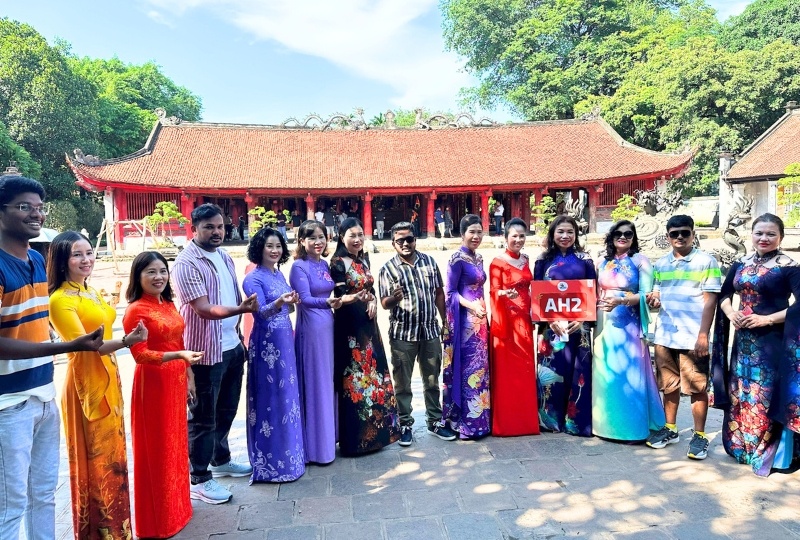
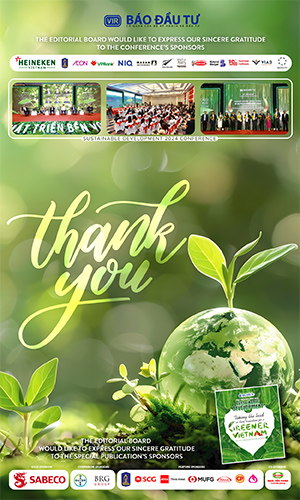



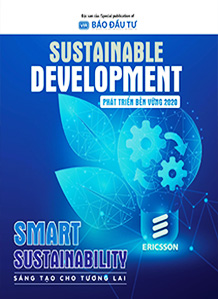
 Mobile Version
Mobile Version